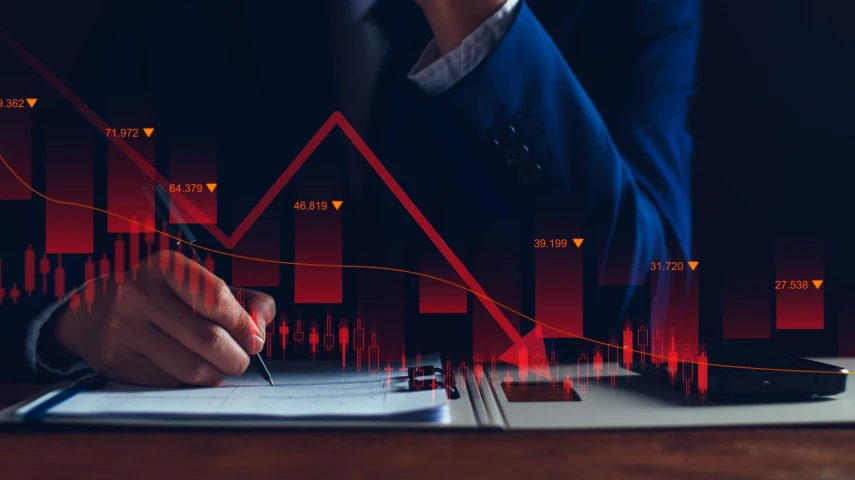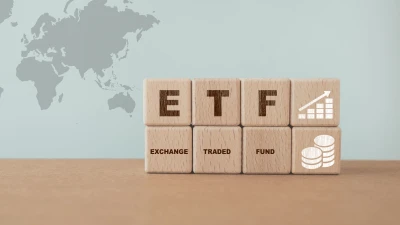Vanguard ups Aussie recession risk to 50%



There is a one in two chance of a recession in Australia in the next 12 months, according to Vanguard.
Speaking at the Morningstar Investment Conference in Sydney, the firm discussed macroeconomic thinking on inflation and recession fears in Australia and the US.
The firm said it had increased the probability of a recession in Australia from 40 per cent to 50 per cent.
Gregory Davis, chief investment officer at Vanguard, said: “When we think about recession in Australia, we put the risk at 50 per cent, that’s risen from 40 per cent in the prior period. In the US, we think the risk is 90 per cent and that’s the start of a recession not necessarily a conclusion.
“When you think about a recession at least in the US, we expect to see mild to modest job losses, similar to what we saw in 2001, so it will be a mild recession relative to something more severe.
“Ultimately, it will impact the sectors that have benefited greatly from the zero-interest rate policy that we have seen around the world such as technology and real estate.”
Earlier this year, the Reserve Bank of Australia (RBA) forecast the probability of a recession in the next two years could be as high as 80 per cent.
In the Australian and US equity market, based on valuations, Davis expected the 10-year annualised outlook expected 5 per cent equity market return. He saw greater opportunities in international equities ex-US which could see returns of 7 per cent as valuations were more attractive and economic conditions were better.
For global bonds, hedged back to the Australian dollar, Davis expected a 4 per cent return.
He also acknowledged that the 60/40 portfolio was still a valid asset allocation and that investors should not be deterred by poor stock market performance in 2022.
“A 60/40 portfolio provides balance and diversification, different risk premia and asset class to ultimately produce a portfolio that tends to hold the test of time from a risk/return standpoint.
“Every once in a while, you get a bad year and that’s how market operates. Then people say ‘The portfolio is dead, that’s not a good way to construct it,’ but when you look at the reality, for Australian investors, we are still thinking that a 60/40 portfolio is going to produce 5.5 to 6 per cent return over the next decade.
“We think there is still a lot of value in terms of producing really strong risk-adjusted returns and we would say don’t let one bad year change your long-term investment philosophy.
“If people are asking questions about a 60/40 portfolio, they should have done that when interest rates were zero not when they have normalised.”
Recommended for you
VanEck is expanding its fixed income range with a new ETF this week to complement its existing subordinated debt strategy which has received $1 billion in inflows this year.
Specialist global equities manager Nanuk has celebrated 10 years of its flagship New World Fund and is actively considering its next possible vehicle.
Australian equities manager Datt Capital has built a retail-friendly version of its small-cap strategy for advisers, previously only available for wholesale investors.
The dominance of passive funds is having a knock-on effect on Australia’s M&A environment by creating a less responsive shareholder base, according to law firm Minter Ellison.












